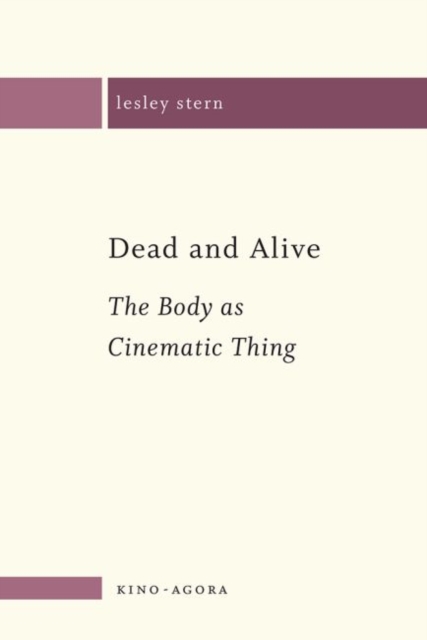CITESTE MAI MULT
Detalii
Descriere RO
In the cinema many were living and many kept on living and many became dead, as Gertrude Stein might say. Some kept on living and some kept on being dead and some became things. Bodies proliferate in cinema. Living bodies to be sure, but also dead bodies, and transitional bodies, suspended between the being of a subject and objecthood. We tend to use the same word to designate both a living and a dead body. We also, of course, use the word ‘corpse’. Dead is dead, no doubt, but if there are degrees of deadness then a corpse is probably deader than a dead body.
Lesley Stern is more interested in things than in death. It is thus the liveliness of corpses that lures her. Not dead bodies which act as though they were alive, nor live bodies which may really be dead, nor bodies which may in fact be composited, or even digitally constructed bodies. Rather, ordinary, old-fashioned bodies, bodies once living and now dead which exhibit a performative potential for conjuring a quality of cinematic thingness. They are bodies that insist on existing after they are dead. In some films in which dead bodies persist, time is concentrated in the body. And dispersed. When life leaves the body, time–or a particular quality of time–enters into the body, and into the film. The body, then, becomes an index of cinematic temporality.
Published by caboose books, Montreal. Distributed worldwide, excluding Canada, by Rutgers University Press.
EdituraCaboose
Dimensiuni191 x 140
Data Publicarii28/02/2019
Format
Necartonata
Numar pagini60
Aceasta este o carte in limba engleza. Descrierea cartii (tradusa din engleza cu Google Translate) este in limba romana din motive legale.
In cinematograf, multi traiau si multi continuau sa traiasca si multi au murit, asa cum ar putea spune Gertrude Stein. Unii au continuat sa traiasca, altii au continuat sa fie morti, iar altii au devenit lucruri.

